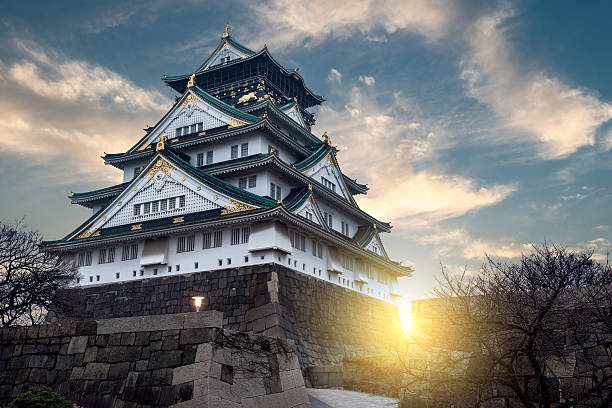Japanese castles are more than just architectural marvels—they are enduring symbols of Japan’s rich history, culture, and feudal past. From their towering stone walls to their elegant wooden interiors, these castles tell the story of a time when samurai ruled the land, and power was measured by the strength of one’s fortress. In this article, we’ll delve into the fascinating history of Japanese castles, explore their unique architectural features, and uncover their cultural significance. Whether you’re a history buff, a travel enthusiast, or simply curious about Japan’s heritage, this journey through the world of Japanese castles is sure to captivate you.
The Origins of Japanese Castles
The history of Japanese castles dates back to the Yamato period (300-710 AD), when early fortifications were built to protect settlements from invaders. However, it wasn’t until the feudal era (12th-16th centuries) that castles began to take on the grandeur and complexity we associate with them today.
During the Sengoku period (1467-1603), also known as the Warring States period, Japan was engulfed in constant conflict as powerful warlords, or daimyo, fought for control of the land. Castles became essential for both defense and administration. They were built on strategic locations—hilltops, mountains, or near rivers—to provide a tactical advantage. These early castles were primarily made of wood and earth, with simple designs focused on functionality rather than aesthetics.
The introduction of gunpowder and firearms in the 16th century revolutionized castle construction. To withstand cannon fire, castles were built with massive stone foundations and intricate defensive features. This marked the beginning of the golden age of Japanese castles.
The Golden Age of Japanese Castles
The late 16th and early 17th centuries are often referred to as the golden age of Japanese castles. This period saw the construction of some of Japan’s most iconic castles, including Himeji Castle, Matsumoto Castle, and Osaka Castle.
During this time, castles served multiple purposes. They were not only military fortresses but also symbols of a daimyo’s power and wealth. The grandeur of a castle reflected the status of its owner, and rival lords often competed to build the most impressive structures.
One of the most significant developments during this period was the introduction of the tenshu, or main keep. The tenshu was the tallest and most fortified part of the castle, serving as the lord’s residence and the last line of defense in case of an attack. These multi-tiered towers, with their curved roofs and intricate wooden carvings, are among the most recognizable features of Japanese castles.
Architectural Features of Japanese Castles
Japanese castles are renowned for their unique architectural style, which blends functionality with aesthetic beauty. Here are some of the key features that define these structures:
Stone Foundations
The base of a Japanese castle is typically made of massive stone blocks, carefully fitted together without mortar. These foundations provided stability and protection against earthquakes, a common occurrence in Japan.
Wooden Superstructures
Above the stone base, the castle’s upper levels were constructed using wood. The use of wood allowed for flexibility, which was crucial for withstanding earthquakes.
Multi-Tiered Roofs
The roofs of Japanese castles are often multi-tiered, with curved edges that give them a distinctive appearance. These roofs were designed to deflect rainwater and snow, as well as to provide shade and ventilation.
Defensive Features
Japanese castles were built with numerous defensive features, including:
Narrow Gates: Small, easily defensible entrances that limited the number of attackers who could enter at once.
Moats: Wide, water-filled ditches that surrounded the castle to deter attackers.
Walls: Thick stone walls with narrow slits for archers to shoot through.
Watchtowers: Elevated towers that provided a vantage point for spotting enemies.
Aesthetic Elements
Despite their military purpose, Japanese castles were also designed to be beautiful. Many featured elaborate carvings, painted screens, and landscaped gardens, reflecting the cultural sophistication of their owners.
Famous Japanese Castles and Their Stories
Japan is home to dozens of castles, each with its own unique history and charm. Here are some of the most famous:
Himeji Castle
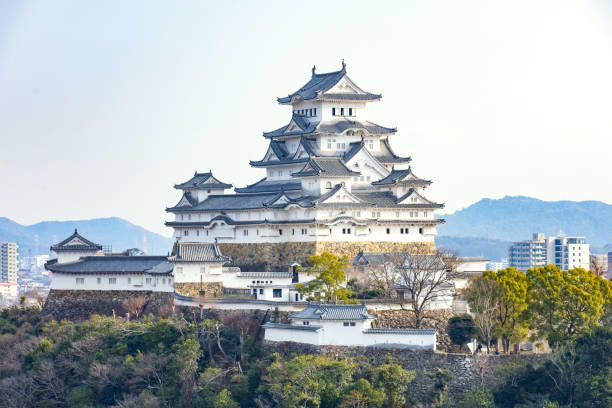
Often referred to as the “White Heron Castle” due to its elegant white exterior, Himeji Castle is one of Japan’s most iconic landmarks. Built in the early 17th century, it is a UNESCO World Heritage Site and a prime example of Japanese castle architecture. Its complex maze of gates and pathways was designed to confuse attackers, making it nearly impregnable.
Matsumoto Castle
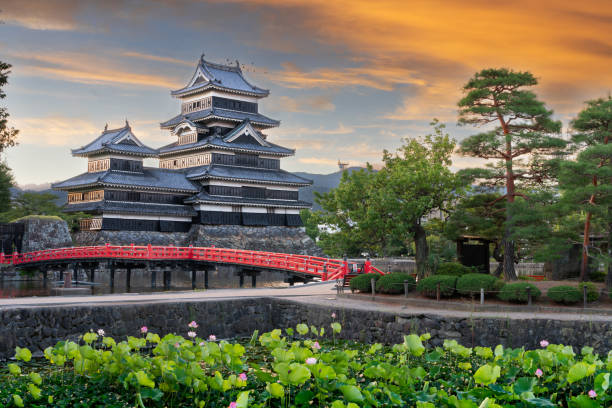
Known as the “Crow Castle” because of its black exterior, Matsumoto Castle is one of the few original castles still standing in Japan. Built in the late 16th century, it is famous for its unique combination of defensive and aesthetic features, including a moon-viewing platform.
Osaka Castle
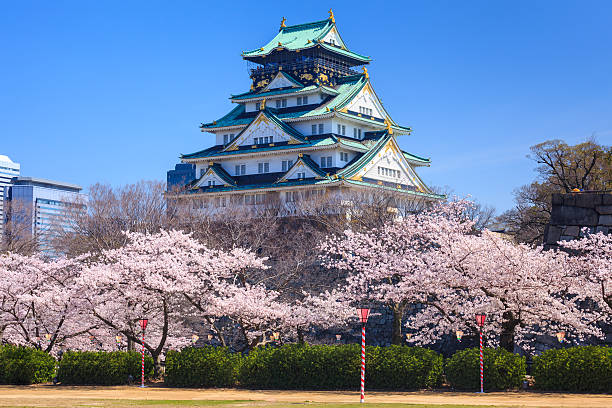
Built by the legendary warlord Toyotomi Hideyoshi in the late 16th century, Osaka Castle played a pivotal role in the unification of Japan. Although the original structure was destroyed, the current castle is a faithful reconstruction and houses a museum dedicated to its history.
Kumamoto Castle
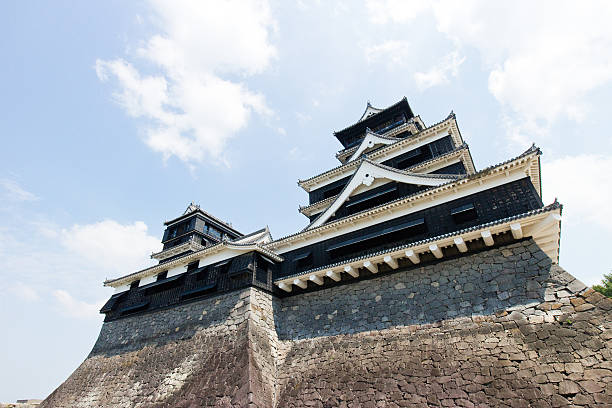
Known for its resilience, Kumamoto Castle withstood a siege during the Satsuma Rebellion in 1877. Although heavily damaged during World War II and a 2016 earthquake, it has been partially restored and remains a symbol of Japanese perseverance.
Nijo Castle
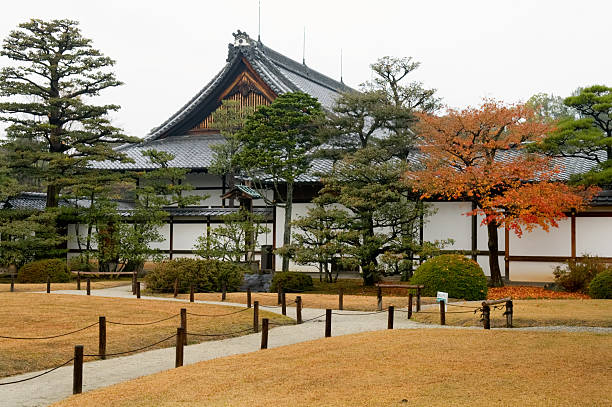
Located in Kyoto, Nijo Castle is famous for its “nightingale floors,” which squeak when walked on to alert guards of intruders. Built in the early 17th century, it served as the residence of the Tokugawa shoguns.
The Decline and Preservation of Japanese Castles
The decline of Japanese castles began during the Meiji Restoration (1868-1912), when the feudal system was abolished, and many castles were dismantled or repurposed. Some were destroyed during World War II, while others fell into disrepair.
However, in recent decades, there has been a renewed interest in preserving these historic landmarks. Many castles have been restored or reconstructed using traditional techniques, and several, including Himeji Castle and Nijo Castle, have been designated as UNESCO World Heritage Sites.
The Cultural Significance of Japanese Castles
Japanese castles are more than just relics of the past—they are living symbols of Japan’s cultural heritage. They reflect the values of the samurai, who prized loyalty, honor, and discipline. They also serve as reminders of Japan’s feudal history, a time when power was concentrated in the hands of a few.
Today, Japanese castles are popular tourist destinations, attracting millions of visitors each year. They are also celebrated in art, literature, and pop culture, appearing in everything from traditional woodblock prints to modern anime and video games.
Conclusion
The history of Japanese castles is a testament to the ingenuity, artistry, and resilience of the Japanese people. These magnificent structures have stood the test of time, surviving wars, natural disasters, and the passage of centuries. Whether you’re exploring the towering keeps of Himeji Castle, the black walls of Matsumoto Castle, or the nightingale floors of Nijo Castle, you’re sure to be captivated by their beauty and history.
So, why not plan a trip to Japan and experience the magic of these iconic landmarks for yourself? From the cherry blossoms of spring to the snow-covered landscapes of winter, Japanese castles offer a glimpse into a world where history and culture come alive.

